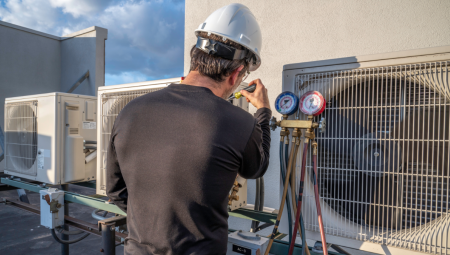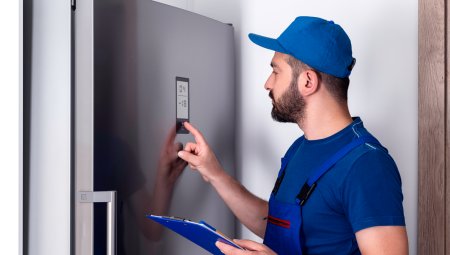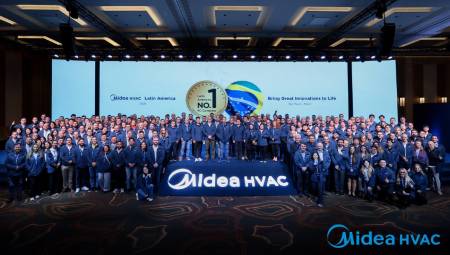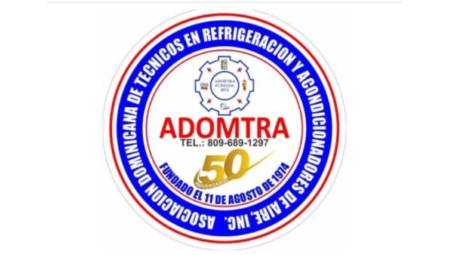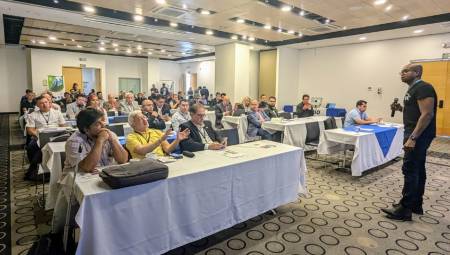by Héctor Gómez Pérez
If there is a group of equipment whose use in the industry is widespread, it is that of Reach-in refrigerators; they are part of the landscape in chain stores and in other places where the slogan of the conservation and refrigeration of food, fruits and beverages is the order of the day.
Currently, these equipment must respond to the needs and quality demands of the final consumer, in which the issue of energy savings occupies a preponderant place, hence these equipment adhere to various standards aimed at guaranteeing efficiency with the lowest energy cost.
To talk about this and other issues related to this equipment, AC/R LATINOAMÉRICA invited Jorge Calouche, Mipal's export manager. With it, various topics were delved into that currently become centers of interest, among which the issue of the current economic swing and its impact on the industry could definitely not be left aside.
What's new in the teams
The first thing that was discussed with Calouche was the new technologies that are being incorporated into reach refrigerators; at this point he specified that the constant concerns in the development of this equipment are determined by the mastery over the finned profile, the perfect distribution of air and the balanced relationship between internal volume and the heat exchanger. He also added about the developments compatible with new refrigerants that "the use of gases and ecological insulation generate the need for technological improvement and more detailed studies to offer greater performance and present differences in the product".
With regard to the commercialization of the equipment, the guest believes that because they are essential elements in different economic sectors, he could not determine some countries or markets that differ more than others in the acquisition of them. This became the gateway to address an issue that captures the eyes, not only of the refrigeration industry, but of the world in general: the current global economic crisis and the impact on our region, local markets and the sale of equipment, especially those that occupy this note.
"The impact in North America, Europe and Asia is more pronounced than in Latin America, but even so, the situation is being reflected. The different containment measures that are being taken by companies in several countries seek to adjust to that reality. Without a clear vision of an already stabilized scenario, refrigerator sales will follow the dimensions of the crisis in each territory," Calouche said.
In that sense, he said that in the current scenario, the food industry has so far been one of the least affected by the negative impact of the crisis, which is good for the commercialization of refrigeration equipment. "I believe that after the accommodation of the current situation, the market will resume its pace, according to the growth prospects of each country," said this professional.
Friends of the environment
The environmental issue is recurrent in different political, social and economic spheres. The refrigeration industry has taken its part in these discussions and has directed efforts to lessen the negative impact on the environment. Is the commitment serious?
In this regard, Calouche pointed out that the technological evolution is oriented precisely to make the current equipment better than its predecessors, reducing the impact on the environment and offering an optimal performance. In turn, he said that the industry has been very committed to the issue of replacing equipment that works with highly polluting refrigerants. "Manufacturers have come a long way in relation to this substitution, regardless of schedules and protocols. The refrigeration industry was the fastest to adjust to the new patterns."
As noted from the beginning, Reach-in refrigerators are basically used in the food and service industry, such as bars and restaurants. Calouche adds that this equipment is responsible for 20% of the consumption of all energy used in commercial refrigeration and that glass door refrigerators, frequently used in beverage counters, correspond to approximately 11% of energy use in commercial refrigeration. "Reach-in refrigerators with state-of-the-art glass doors are a solution to significantly reduce energy consumption," added Calouche and said that Mipal has prepared novelties for this line.
Finally, Jorge Calouche was asked about whether the refrigeration industry is doing its bit in the conservation of the environment and particularly Mipal and this was what he answered: "Much more than a grain of sand. The industry has been the fastest to respond to alerts from the Montreal and Kyoto Prtotocolos. In the case of Mipal, for example, several actions of social and environmental responsibility are part of the day to day of the company, in addition to participation in study groups and dissemination of sustainable practices in refrigeration and industry. Another important point to highlight is the dissemination of food preservation practices, reducing discard and waste, helping in the selection of the right equipment. Mipal has been prepared for more than a decade to offer the market ecologically correct products."





